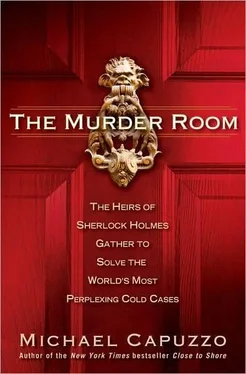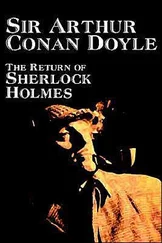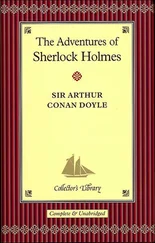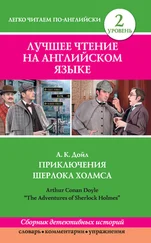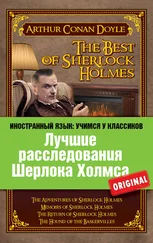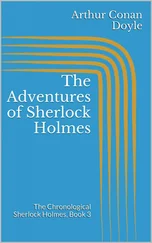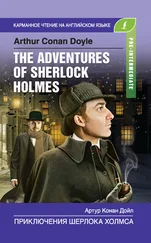Walter had given a talk at the Vidocq luncheon about his murder subtypes. He discussed his method of solving the most notorious murder in modern Australian history-the brutal slaying of beauty queen and nurse Anita Cobby. Stoud was dazzled. He was desperate to become a profiler, but after reading all the books, there wasn’t any more to learn.
Mindful that “you had to find a profiler to show you the road so you can walk it yourself,” he approached Walter after the luncheon and asked if he could study with him, and was swiftly rejected. Late that night, he called Walter at home in Michigan, repeating his request to “be a learner.” Walter snapped at him, “I said no, did you hear me? I’m not interested. You’re too normal, a family and all the rest. I’ve tried this before, and it’s never successful. It would be a waste of my time and yours.” Half an hour later, Stoud called back and said, “I was just hung up on, but I won’t take no for an answer.” Walter cursed him out; Stoud said, “I’m going to keep calling.” He called the next night, and the next. Gradually, the younger man and the older developed a dialogue. They discussed murder cases in the news, murder cases they were working, the nature of evil. Walter allowed himself to wonder if Stoud had the brains, the guts, the character, and moral fiber, to be his protégé. “You must learn to think horizontally as well as vertically,” he said, “which very few of us in the world can do.” Walter nurtured hopes the younger man could follow him, could stand witness to and stand against the worst evil human beings did to one another.
Walter drove over the icy hills in his aging Ford Crown Victoria to the Green Gables tavern. The car had 120,000 miles on it, and was always breaking down. Walter was always getting lost. Stoud pointed out he needed new shocks and brakes, and he snorted in reply, “You know I don’t care about those things.” The state trooper marveled at how little he knew about ordinary life-cars, computers, the World Series-for a genius. I guess he’s saving it all for sadism, necrophilia, and Munchausen syndrome, Stoud thought.
Walter said that after a lifetime immersed in ghastly murders, he had decided to reinvent himself as a country gentleman. What was left of him, that is, after years of forays into the abyss and back again-little but the broad egg-shaped pate of his forehead, the consumptive cough, the withered frame hardened or wasted by unknown disciplines and battles with darkness. He wanted to pursue the good life.
Stoud smirked. “How many cars have you owned?”
“Seven.”
“All black Crown Vics, like police cars?”
“Yes.”
“And you ran them all into the ground.”
“Yes.”
“How many suits do you own?”
“One.”
“Color?”
“Blue.”
“And you wear it into the ground.”
“Yes. Then I get another one. One does.”
Stoud grinned. “If you’re a country gentleman, I’m Earl Grey. You’re a cop.”
Walter laughed. “’Tis true.”
CHAPTER 38. CITY OF BROTHERLY MAYHEM
Number 1704 Locust Street in Philadelphia was a dreary Victorian brownstone wedged among an imposing white-marble classical music school and the fashionable hotels and shops of Rittenhouse Square. An awkward wrought-iron staircase twisted sideways to a tall, forbidding black door with a tarnished knocker. The second-floor window was clumsily off center, like a misplaced proboscis. It appeared lost, an archaic, slightly seedy gent in a topcoat and homburg. A series of small and vaguely mysterious brass plaques on the brick wall to the left of the door got smaller as they descended, until the last one could be covered by a man’s hand:
THE ACADEMY OF SCIENTIFIC
INVESTIGATIVE TRAINING
KEYSTONE INTELLIGENCE NETWORK
THE VIDOCQ SOCIETY
On the second floor, atop a white-marble nineteenth-century staircase, were the new offices of the Keystone detective agency and its director, William L. Fleisher. Fleisher had retired from his federal career on December 31, 1995, and, true to his reputation as a workaholic, had taken all of two days off before starting his new career. On January 2, 1996, he partnered with VSM Nate Gordon to open the full-service private-eye shop under the slogan “the FBI for the other guy.” On the same floor as the Keystone agency was the Academy of Scientific Investigative Training -their school for teaching the polygraph, with classes everywhere from down the hall to Dubai. The small warren of offices was also the first headquarters for the Vidocq Society, outside of home offices, trunks, and briefcases.
The agency door opened into a big room with a red Persian rug and Oriental prints on the walls. The secretary, Gloria Alvarado, sat next to a Victorian mantelpiece adorned with a bust of Vidocq, and a gray cadaver skull Fleisher’s father had used in dental school in the 1930s. Down the hallway were the offices of Gordon; former Philadelphia police detective Ed Gaughan; and a couple retired FBI agents, all members of the Vidocq Society. Fleisher’s office was a small, pie-shaped space with a leaded casement on a back alley. The shelves and walls were cluttered with awards and bric-a-brac, including a schooner in stormy seas painted by Michelle, a 1940s Psycho-truth-ometer, a picture of his father in Navy blue.
Gloria buzzed-Ron Avery, the Philadelphia Daily News columnist, was in the waiting room.
“Send him in.”
The press loved the commissioner of the Vidocq Society, and Avery was an old friend. Now Fleisher sat back in his swiveling leather chair and listened as Avery said he was writing a book about historic Philadelphia crimes and looking for ideas. His thesis was that in 315 years it was tough to match the City of Brotherly Love for corruption and murder. City of Brotherly Mayhem was his title.
“My specialty.” Fleisher grunted. “You need five books for this. What do you have so far?”
Avery had dug dirt as far back as founder William Penn’s son, William Penn Jr., who was charged with assault during a drunken free-for-all in the early 1700s. The pastor at Christ Church -the church of George and Martha Washington-boasted of bedding the congregation’s prettiest ladies, and fights and duels erupted. There was the nineteenth-century monster H. H. Holmes, America ’s first serial killer. Gary Heidnik, the cannibal minister of the 1980s, and his “House of Horrors,” Ted Bundy’s early years-he was leaving most of them out. It was an embarrassment of riches; there was too much. And there was one more.
“The Boy in the Box,” Avery said.
The moniker sent Fleisher back in time. As Avery described the case, he saw himself as thirteen years old again, standing in front of the poster at the Penn Fruit Company market while his mother shopped. The hollow eyes in the sad pale face of death came back to him, his first brush with death.
The case, Avery said, had never been solved. The homicide bureau had taken a collection and paid for a monument, the only monument in Potter’s Field, where the unnamed boy lay with rapists, murderers, body parts, and the indigent and forgotten. The detectives had the stone inscribed “God Bless This Unknown Boy.” Remington Bristow, the medical examiner’s investigator who had been assigned the case in 1957, had continued to investigate it in his retirement, keeping it in the news with his annual visits to the boy’s grave. Bristow had died three years earlier, and with him a lot of the public interest in the case.
After Avery left, the resurrected image of the poster lingered in Fleisher’s mind. As a boy he’d dreamed of solving the terrible crime, becoming a hero of the city. As an adult, he’d known many of the cops who became the boy’s tireless champions.
Читать дальше
